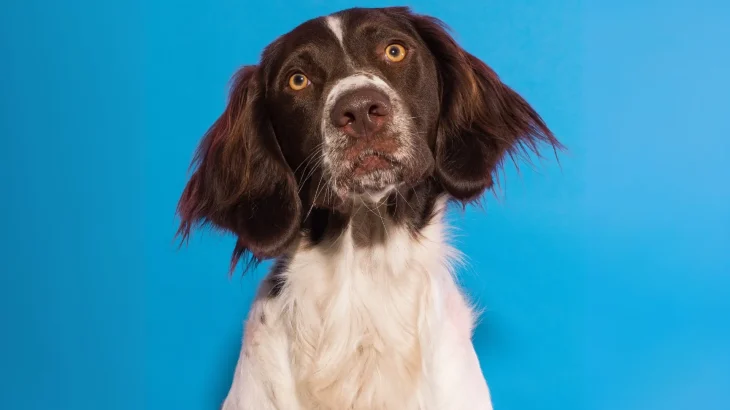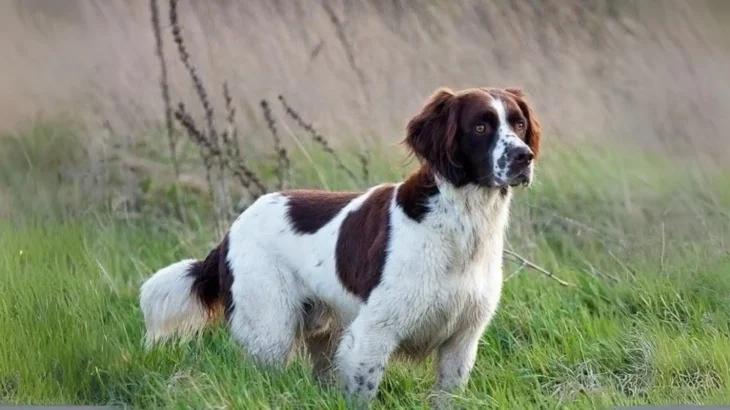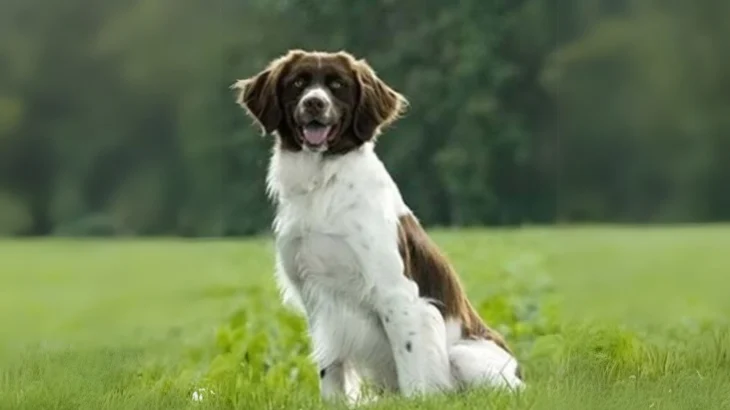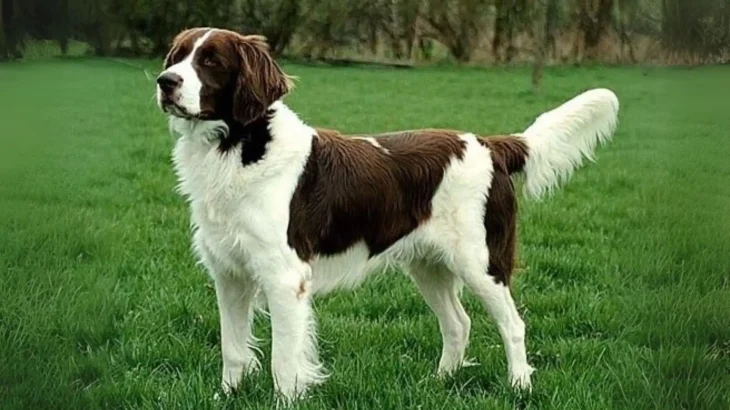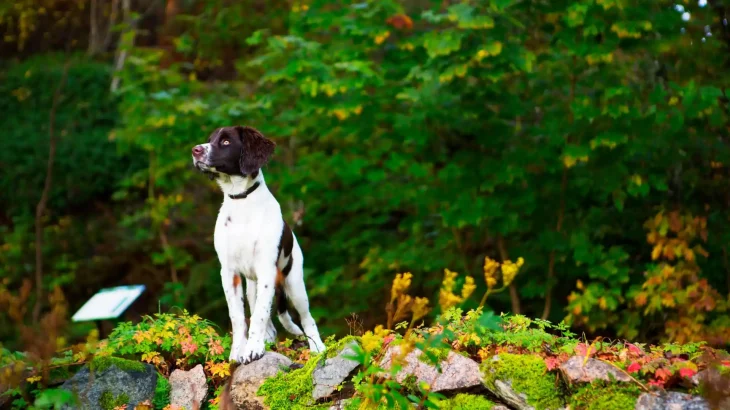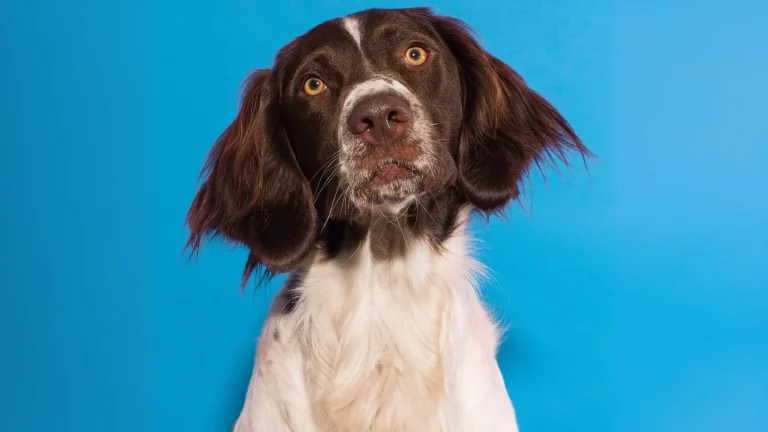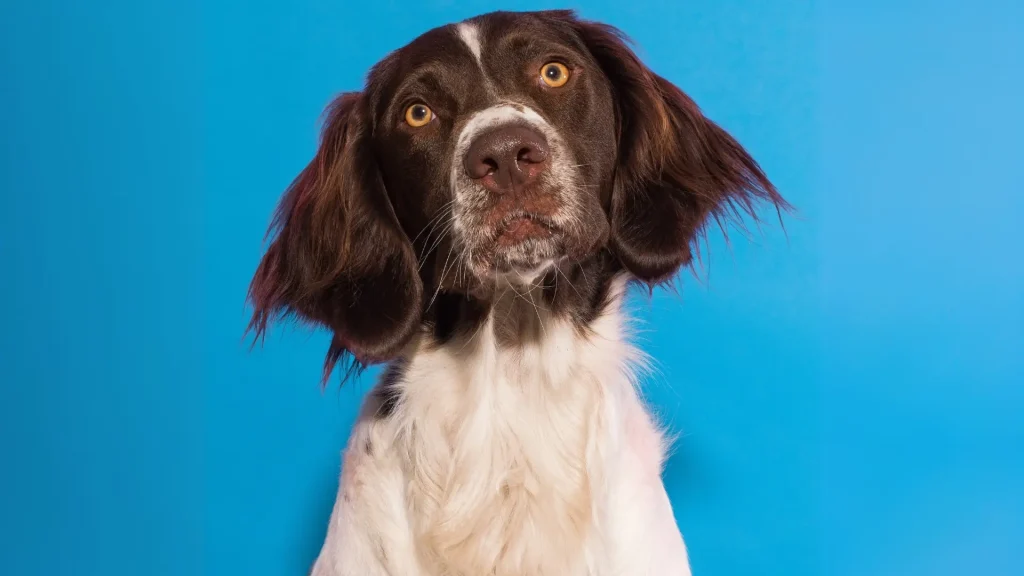When deciding to bring home a Drentsche Patrijshond puppy, you'll likely weigh the choice between adopting and purchasing. Each option has unique advantages depending on your preferences for cost, health history, and ethical considerations. Understanding these factors will help you make a well-informed decision.
Adoption vs. Breeder: Pros & Cons
| Criteria | Buying from Breeder | Adopting from Shelter/Rescue |
|---|---|---|
| Cost | Generally higher, reflecting purebred status and lineage. | Often lower; adoption fees usually cover basic care. |
| Health History | Detailed records and genetic screenings usually provided. | May be limited or unknown, though basic health checks are done. |
| Age Availability | Typically available as puppies, ideal for raising from an early age. | Wide range of ages including adults, offering flexible options. |
| Temperament Insight | Breeders can share lineage temperament traits, aiding predictability. | Temperament based on observation; full history may be incomplete. |
| Supporting Practices | Supports responsible breeding when sourced from ethical breeders. | Helps provide homes to dogs in need, reducing shelter populations. |
| Ethical Considerations | Choose breeders carefully to avoid unethical breeding. | Promotes animal welfare by rescuing and rehoming dogs. |

